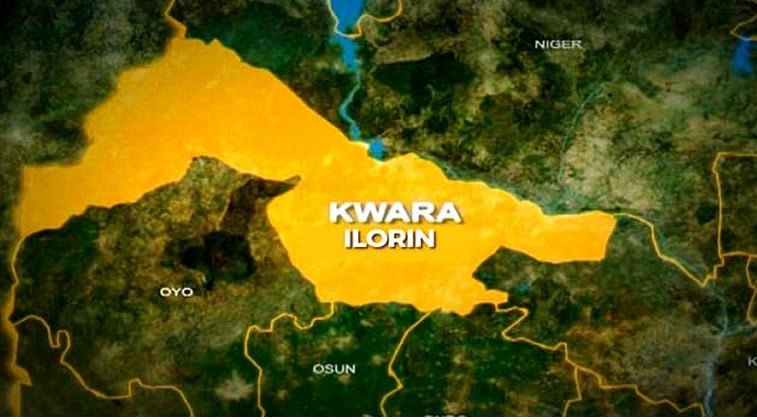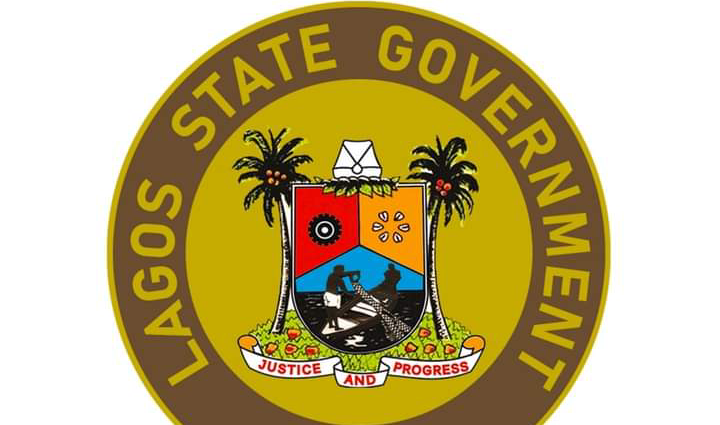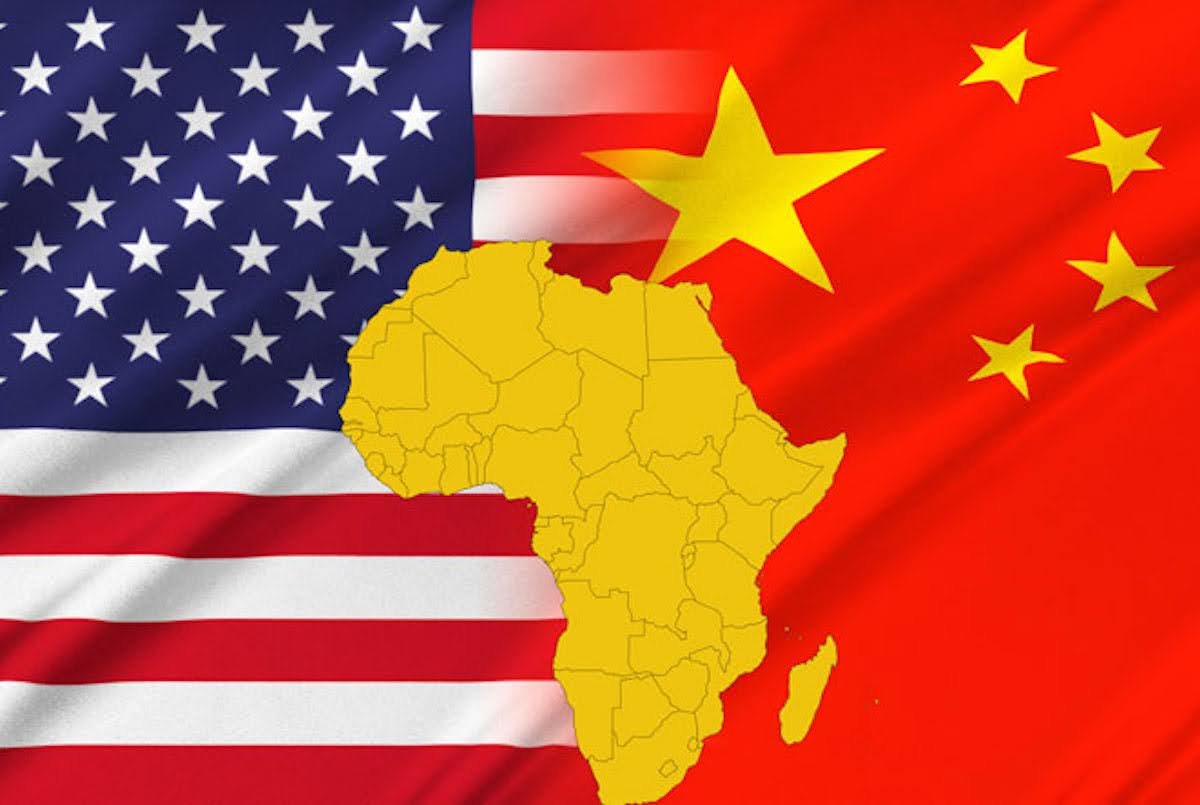The International Monetary Fund (IMF) has expressed displeasure over the Kenyan Government’s plan to obtain a commercial Loan of $ 1.5 billion from the government of the United Arab Emirates (UAE).
Background
On the sidelines of the ongoing World Bank-IMF Annual Meetings, Abebe Selassie, IMF’s Director for Africa, expressed the bank’s displeasure with Kenya’s decision to seek a commercial loan from the United Arab Emirates.
The East African nation is seeking to diversify its sources of financing after deadly protests by citizens forced the government to abandon a slate of tax hikes and delayed disbursements from the International Monetary Fund (IMF) hindered the nation’s ability to get funds.
However, this decision to seek financing from the UAE has drawn the ire of the IMF which states it is worried such commercial loans would spike Kenya’s weighted average cost of loans.
“It’s a cost of funds issue & the fund is concerned that the UAE debt tilts the weighted average cost of Kenya’s debt more towards disconcerting territory.
“At this time, Kenya should be leaning more towards concessional financing & treading carefully around commercial hard currency-denominated debt.” Abebe Selassie said.
On face value, this might be true but the reasons for the displeasure certainly go deeper than what the IMF Director for Africa admits.
Kenya’s Debt Crisis
Kenya’s public debt as of June 2024 stood at 10.6 trillion shillings ($82.16 billion) representing a 70% debt-to-GDP ratio which is way above the IMF’s acceptable threshold of 50%. Within the same period, Kenya’s domestic debt was Sh5.41 trillion ($41.91 billion). Kenya’s public debt primarily comes from multilateral and bilateral creditors, while the country’s domestic debt consists mainly of Treasury bonds and Treasury bills.
Former President Uhuru Kenyatta obtained commercial loans from commercial lenders and countries like China to finance huge infrastructure projects, including a rail line linking Nairobi to the port city of Mombasa and 11,000km (nearly 7,000 miles) of tarmacked roads. However, most of these projects did not yield the desired outcome affecting the country’s ability to repay the loans.
Kenya currently owes China about $8bn, and the IMF about $2.5bn, in addition to what it owes the World Bank, the United States, and Saudi Arabia. The country’s debt also includes domestic borrowing which means more than half of government revenue goes towards debt repayments.
Fiscal Deficit
Kenya currently operates on a fiscal deficit is 3.3% of the federal budget. The country has had to constantly struggle with the fiscal deficit over the years due to revenue constantly falling short of expenditure.
This deficit has been brought about by the undertaking of numerous ambitious infrastructural projects in pursuit of the country’s vision for 2030 such as the Lamu Port South Sudan-Ethiopia Transport project (LAPSSET), Standard Gauge Railway (SGR) and geothermal power generation which have all required large amount of funds beyond the government’s revenue collection capacity.
Also, Kenya’s fiscal deficit problems date back to the 2010s when under President Uhuru Kenyatta, Kenya was looking for ways to leverage its “frontier market” status into higher growth via debt-financed investments and infrastructure projects. There is also the case of wasteful spending by Kenyan public officials over the years in terms of travel, allowances, and the high cost of governance that is evident in Kenya.
Kenya also battles with revenue collection problems due to the general ineffectiveness of the taxation system which affects the ability of the government to generate enough revenue to finance the budget. These revenue collection challenges manifest in the form of tax evasion, corruption, tax evasion, and ineffective tax administration amongst others.
In an attempt to deal with this deficit, the government following the recommendations of the IMF proposed increased taxation of citizens. However, this move was met with stiff opposition from citizens.
Kenya’s Debt Servicing
As the volume of Kenya’s debt continues to rise, so does the cost of servicing the debt rise in tandem. Kenya’s cost of debt servicing in the fiscal year ending in June 2024 was 391 billion shillings ($2.7 billion), of which the highest payment of 107 billion shillings ($743 million) went to China.
Debt servicing currently takes up 70% of the country’s revenue which is above IMF’s recommended threshold of 30%. This means that the government does not have enough revenue left to take care of other necessary projects like public investments, social programs, and other critical government functions needed to improve citizen’s quality of living.
The fact majority of the debts are held in foreign currencies has also ensured the Kenyan shilling has been greatly devalued. This situation eventually leaves the government with no other option than borrowing to finance current expenses.
IMF and Kenya
In April 2021, Kenya under Kenyatta and then-Vice President Ruto entered into an agreement with the IMF for relief.
The relief came in the form of a 38-month program the IMF said would help Kenya manage its debt and create a conducive economic environment for needed private-sector investment. Under this agreement, Kenya was set to unlock $3.9bn in funding with a separate climate fund also approved at $542m.
Conditions listed by the IMF for the release of these funds included hiking taxes, reducing subsidies, and cutting government waste measures it said would increase government revenue while reducing spending. The IMF loans helped Kenya avoid defaulting on a $2bn Eurobond that matured in June.
The Finance Bill 2023 passed in June 2023 was borne out of IMF recommendations, the bill introduced a 2.5 percent housing levy for employed people and raised the VAT on fuel from 8 to 16 percent. Another bill, The Finance Bill 2024 bill which was set to generate $2.7bn to fund a budget deficit and fund development programs however led to widespread protests by citizens.
Protest Against Increased Taxes
Demonstrators first took to the streets in June to rally against proposed tax hikes, In the protests that later turned deadly, placards were raised denouncing the International Monetary Fund (IMF) and World Bank, which were accused of causing the crisis.
As a result of these protests, the bill was dropped by the Kenyan government.
Why Then is the Kenyan Government Abandoning the Cheaper IMF Option
Following the Kenyan Government’s decision to go for a higher-interest commercial loan from the UAE priced at 8.25% despite the need for the country to drive down the weighted cost average of its debts.
If the requested loan goes through, it would further pile up the external debt profile of the country so it is surprising they are going for that option.
The major reason the Kenyan government is abandoning the cheaper IMF loans at this point is due to the IMF’s delay in approving lending to it despite the fact the Kenyan government claims it has fulfilled all the conditions for the loan.
The Kenyan government requires an urgent injection of cash to keep the country afloat and has been frustrated with the failure of its plan to increase taxes to generate more revenue due to widespread protests.
As a result, there is a need to seek loans regardless of whether it is concessionary or not.
IMF Feeling Threatened
The IMF seems to be threatened in its gatekeeping role over developing economies due to Kenya’s decision to go for the Saudi loan especially considering the fact a large segment of Africa’s population sees the monetary body as a cause of problems in the continent already.
Kenya’s departure from the body’s recommendations is therefore not a welcome development nor a good look for the monetary body. The IMF now has a lot to do with regard to winning back the trust of citizens who see the body as a reason for their countries plunging into debt without any consideration for the low-interest loans offered by the body.
Significance
Kenya’s decision to go for the UAE loan might prove to be a big mistake due to the compound effect its interest rate of 8.25% would have on the country’s already high debt profile. However, only time will tell.























